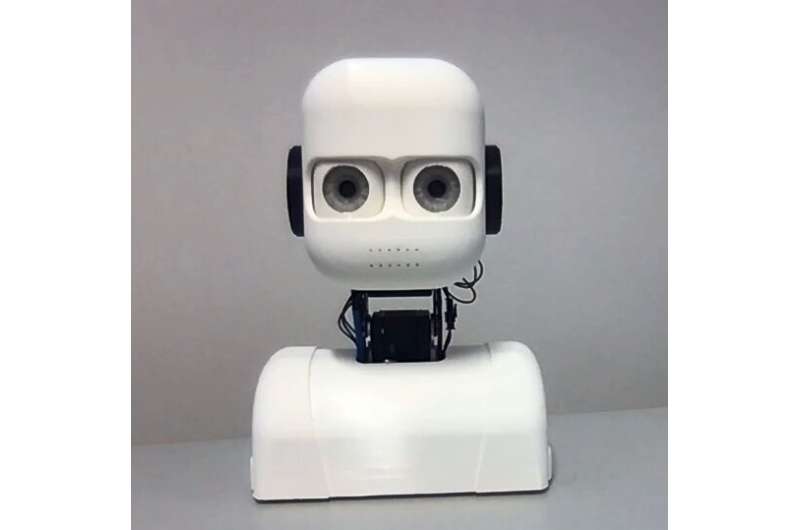Erotophilia and sexual sensation–seeking are good predictors of engagement with sex robots, according to new research
Simon Dubé’s study examines the personality traits of people who are more willing to experiment with erobotics
IMAGE: SIMON DUBÉ: “IT’S EXTREMELY IMPORTANT TO UNDERSTAND WHO THE FIRST USERS OF SEX ROBOTS ARE AND WHERE THE INITIAL DEMAND IS COMING FROM.” view more
CREDIT: CONCORDIA UNIVERSITY
Advances in technology, in particular artificial intelligence (AI), are impacting our everyday lives in ever more ways — including our sex lives. Sex robots — life-size, lifelike machines powered by AI and used for sexual purposes — are one such emerging technological system. While they remain very niche, those who make, use and study them believe the market offers room for growth.
But to see if and how demand for sex robots grows, stakeholders must first understand who is interested in using them and why. In a new study published in the journal Computers in Human Behavior, Simon Dubé examines the personality traits of people who say they are (and are not) willing to engage with these technologies. Dubé is a former Concordia Public Scholar who completed his PhD this summer.
“It’s extremely important to understand who the first users are and where the initial demand is coming from,” he says. “The companies that make them need to know in order to adjust and develop these technologies.”
Building profiles
The results are based on data from almost 500 adults who completed an online survey examining their attitudes toward sex robots. First, the researchers assessed the respondents’ personalities using a validated measure of the Big Five, a standard model that includes the overarching traits openness, agreeableness, conscientiousness, neuroticism and extraversion.
“Personality assessments help us predict people’s likely thoughts, emotions and behaviours across all kinds of situations, including those regarding their sexuality — and in this case, their willingness to engage with new erotic technologies such as sex robots,” says Dubé, who will be pursuing his studies as a postdoctoral fellow at the Kinsey Institute in Indiana this fall.
Realizing that these categories may be overly broad, Dubé and his colleagues added a model that addressed respondents’ attitudes toward sex and technology. The model also included an important value measuring positive attitudes toward newness and a desire to try new erotic experiences.
They were then able to assess traits relating to erotophilia/phobia — positive or negative attitudes toward sexuality — technophilia/phobia and sexual sensation–seeking.
According to the results, the Big Five were only weakly correlated to willingness to engage with sex robots. Dubé says that was to be expected, given the breadth of each category. But when it came to traits that were more closely related to the specific subject of sex robots, results were much stronger.
“We found that erotophilia and sexual sensation–seeking, as well as an enthusiasm for new, diverse or more intense erotic experiences, were the primary drivers behind people’s willingness to engage with these new technologies,” Dubé notes. “Technophilia and non-sexual sensation–seeking were also correlated, but only weakly.”
Dubé adds that systematically, across multiple studies he consulted and this one, men were more interested in sex robots than women. However, he adds that respondents who identified as gender nonconforming or nonbinary exhibited similar patterns of interest as cis-identifying males. Respondents did not reveal their sexual orientation in this study.
A product oriented toward men, for now
The sex robot market currently caters heavily toward heterosexual men. Female robots — known as gynoids — feature much more prominently in media, advertising and websites, and high-end units can cost up to $15,000 US. Dubé points out that heterosexual women constitute the majority of sex toy consumers and believes there is an opportunity for manufacturers to cater to a female customer base in the future as the technology improves and becomes more affordable.
“Right now, women probably do not feel that the product meets their own preferences or needs, or it is just too expensive for something that does not have to be particularly complex or interesting.”
Read the cited paper: “Sex robots and personality: It is more about sex than robots.”

JOURNAL
Computers in Human Behavior
METHOD OF RESEARCH
Survey
SUBJECT OF RESEARCH
People
ARTICLE TITLE
Sex robots and personality: It is more about sex than robots
